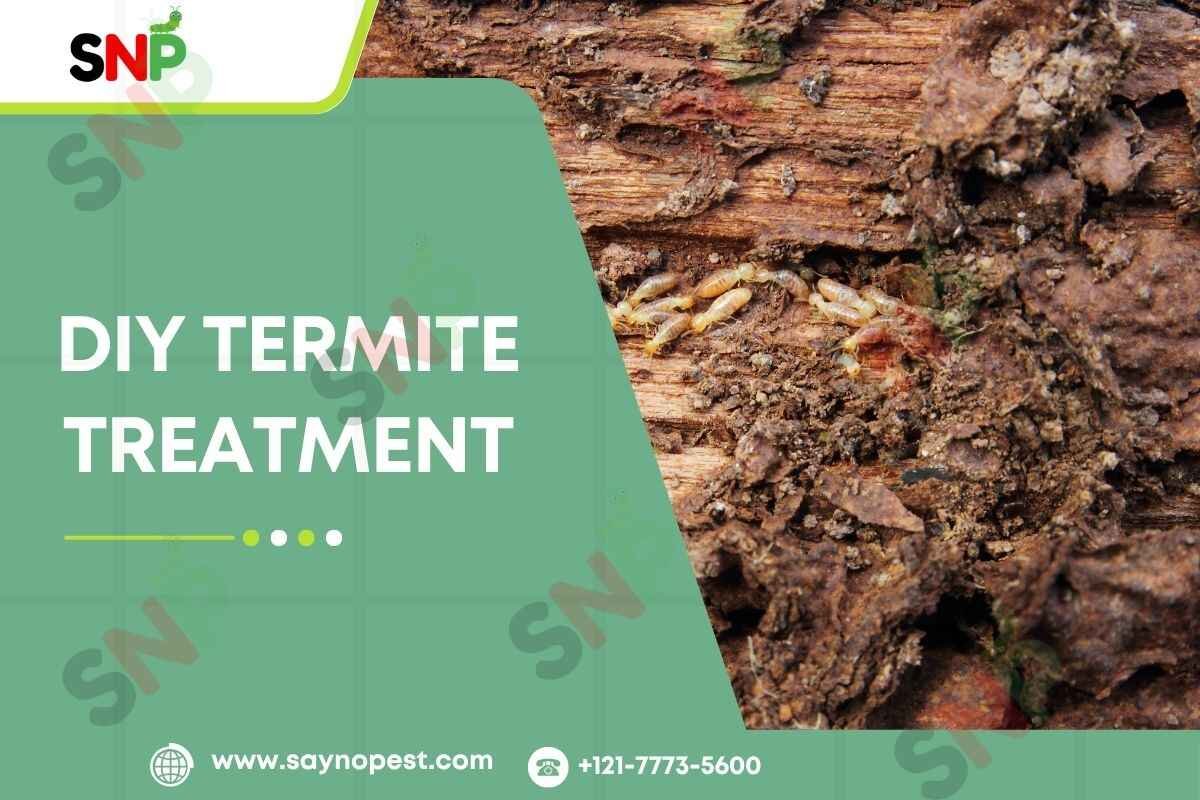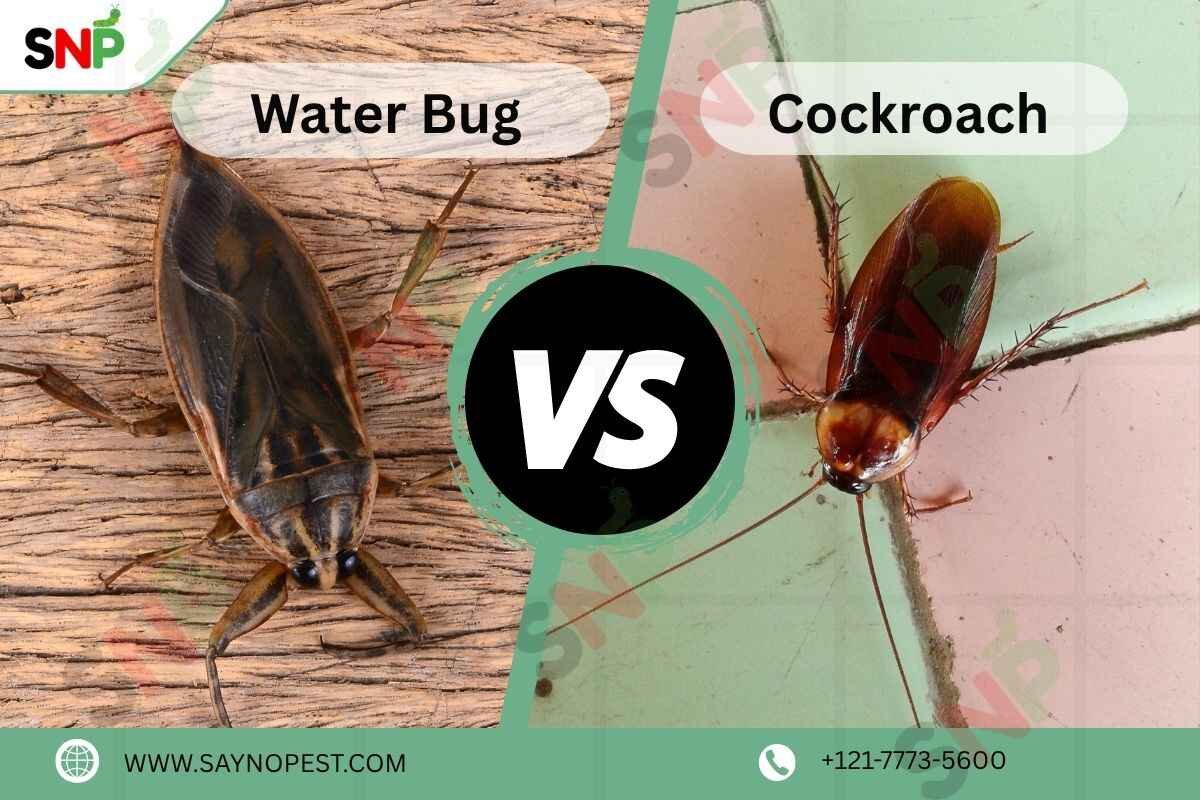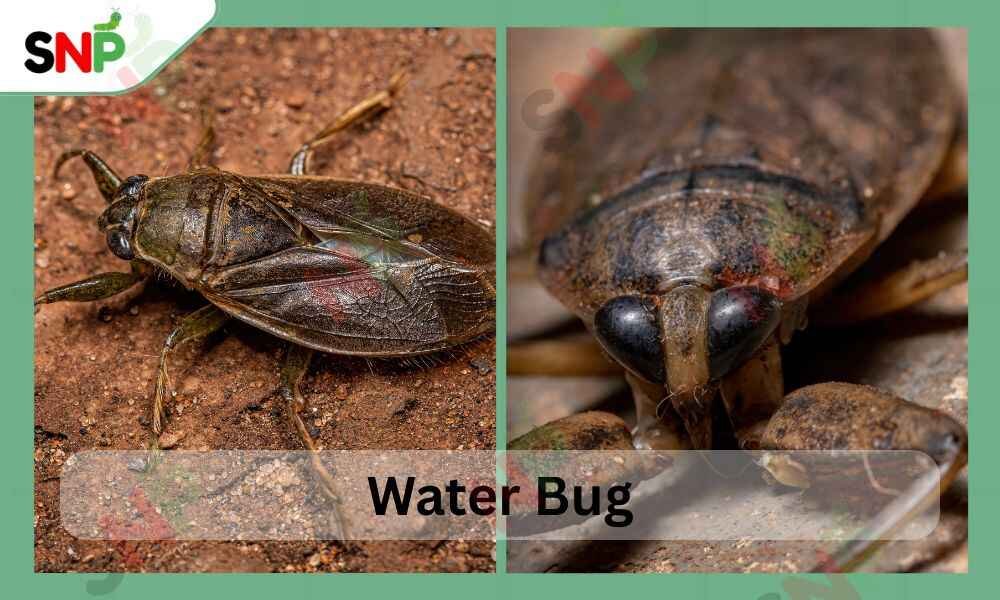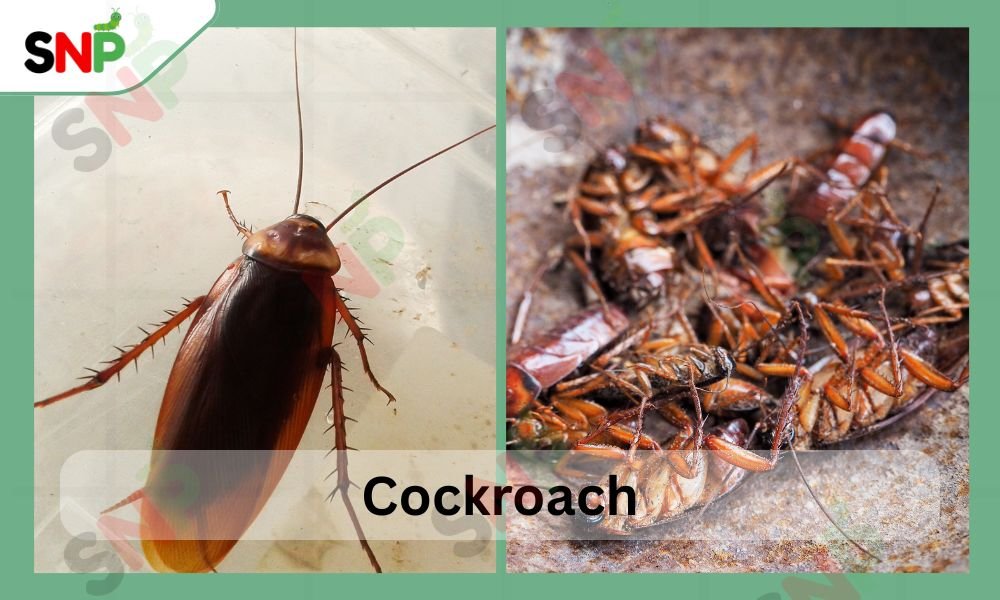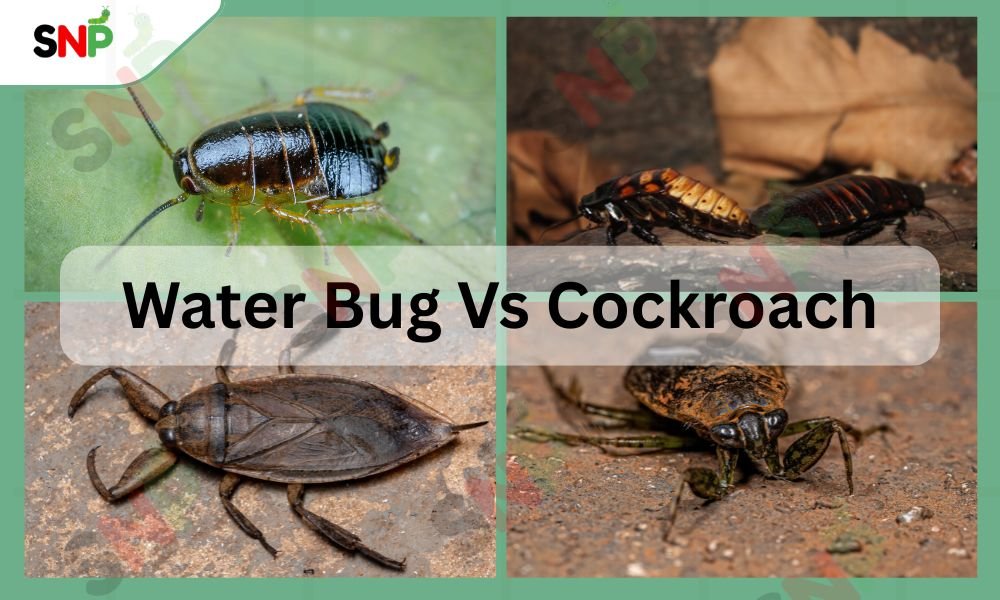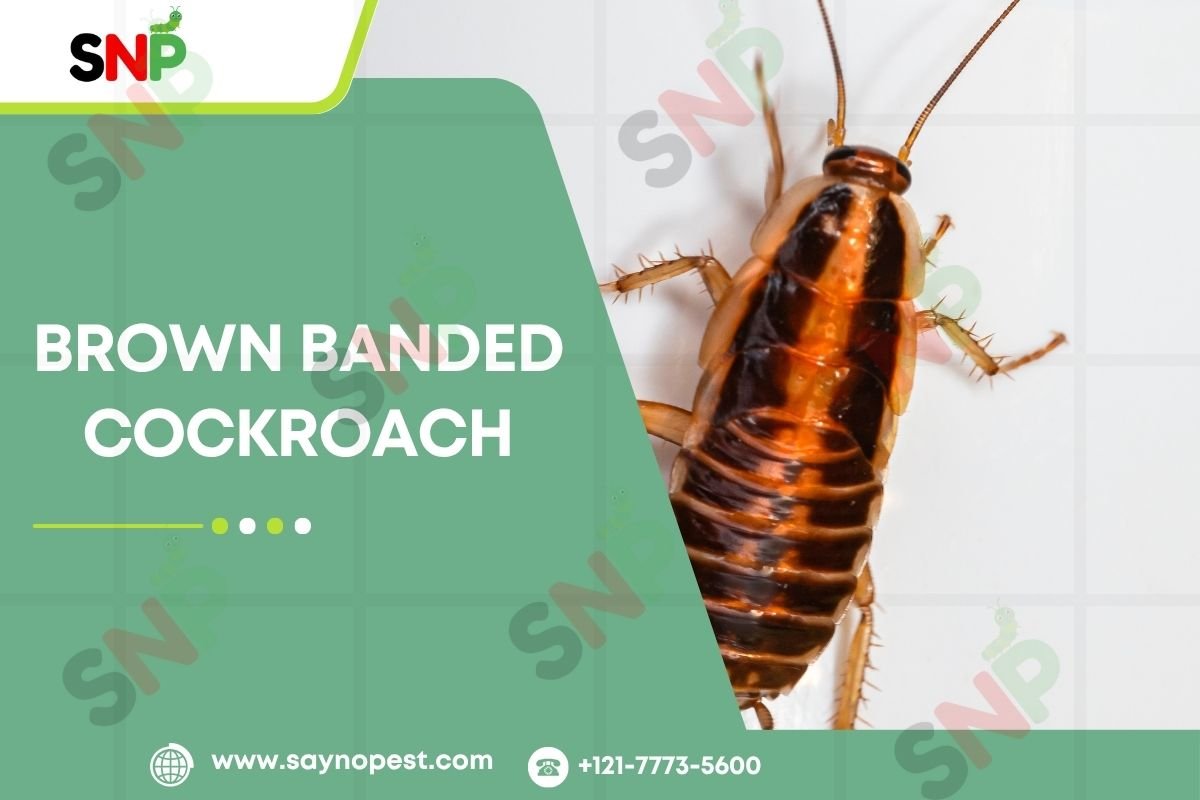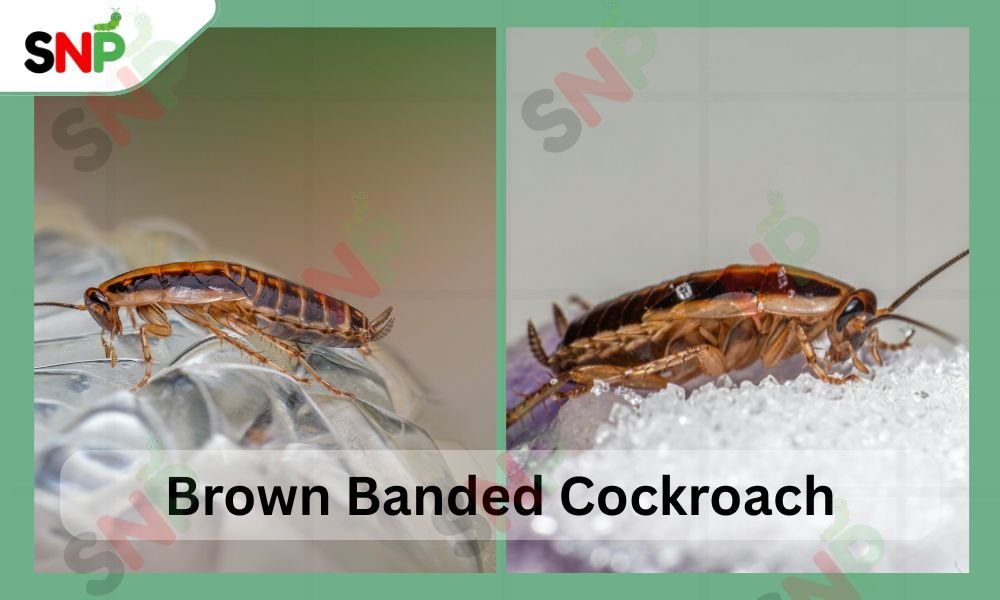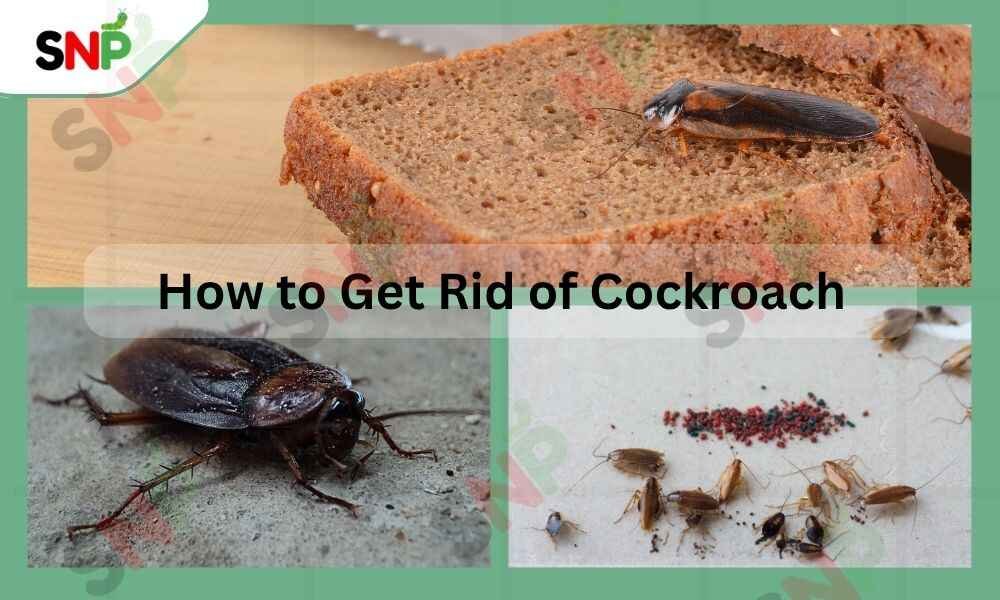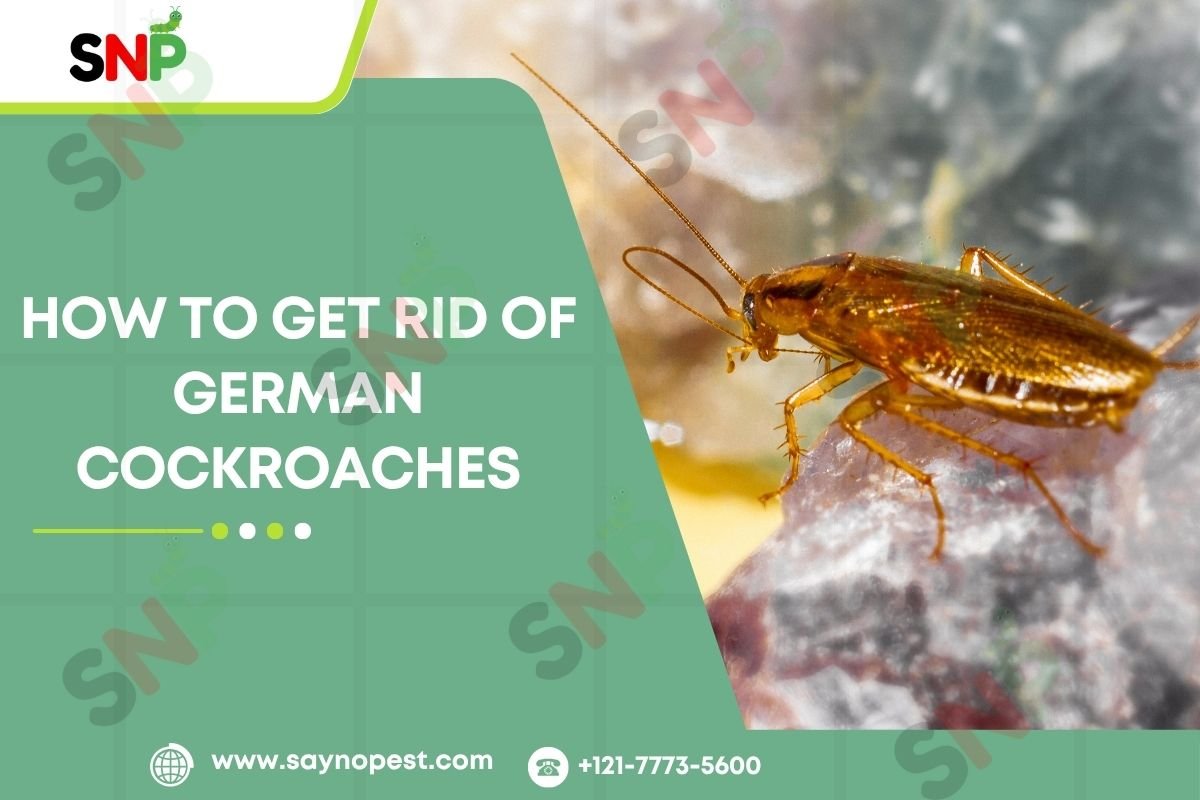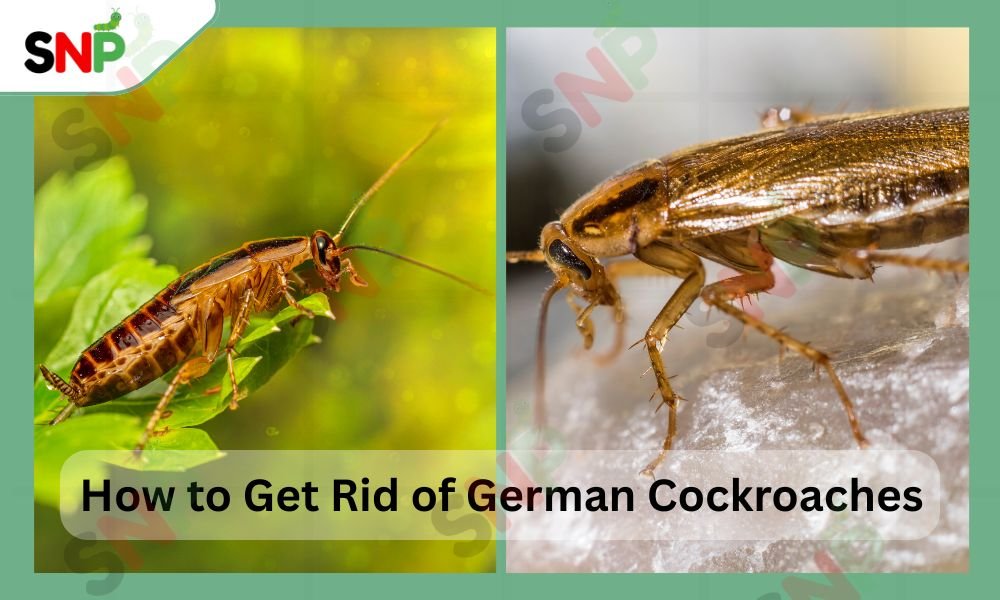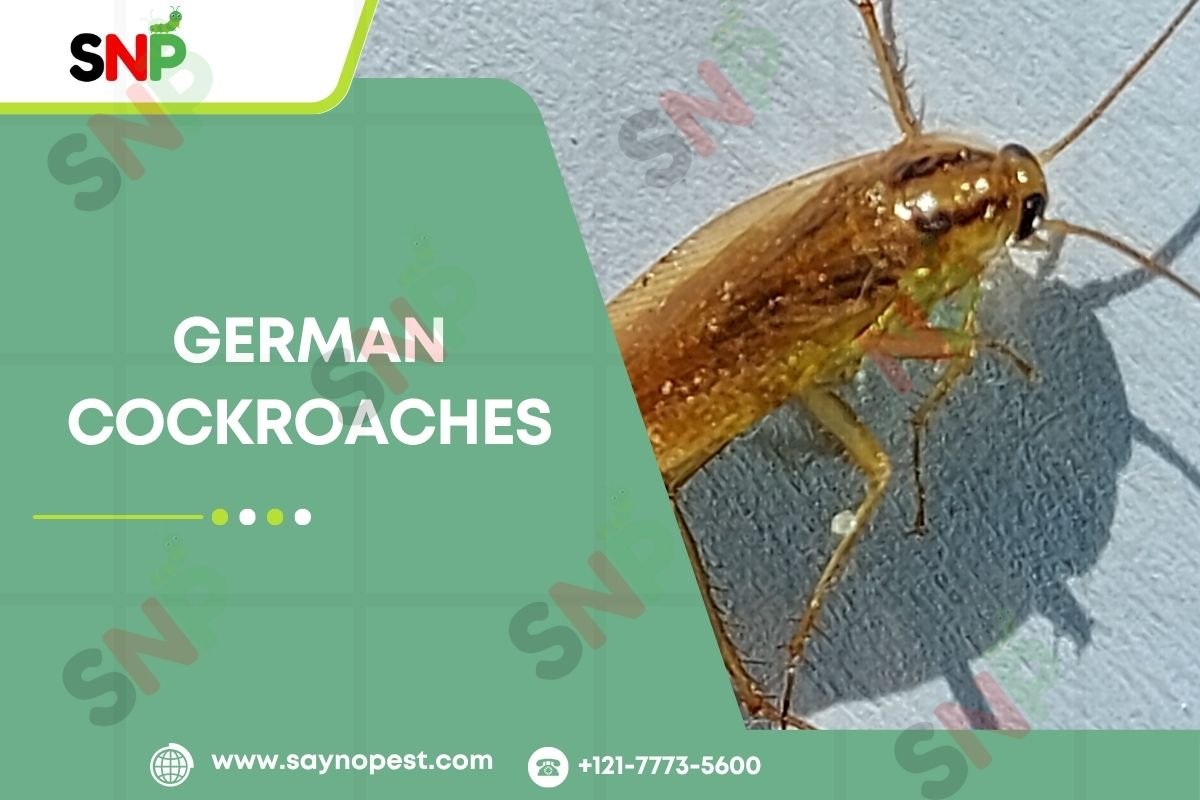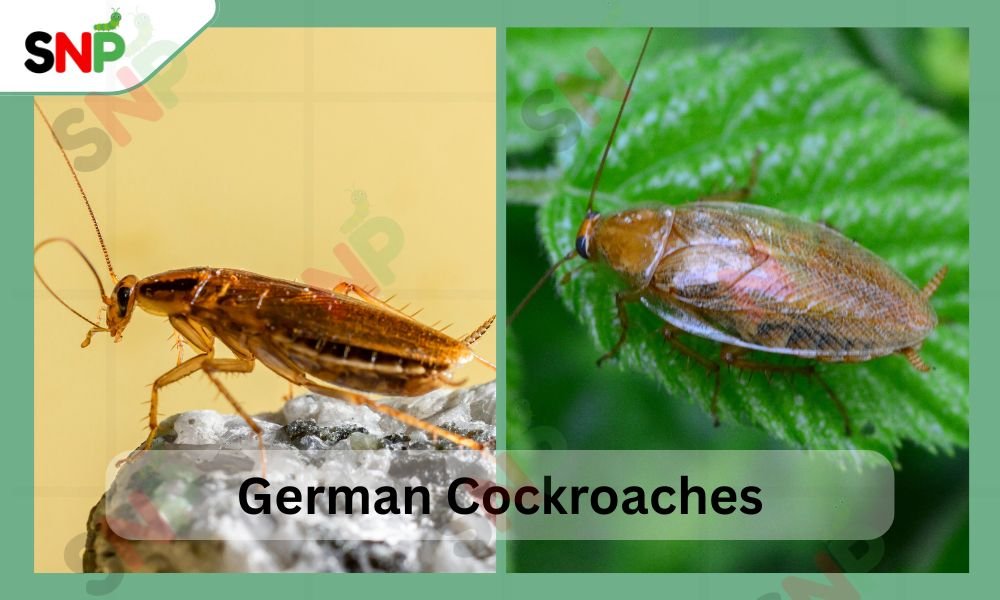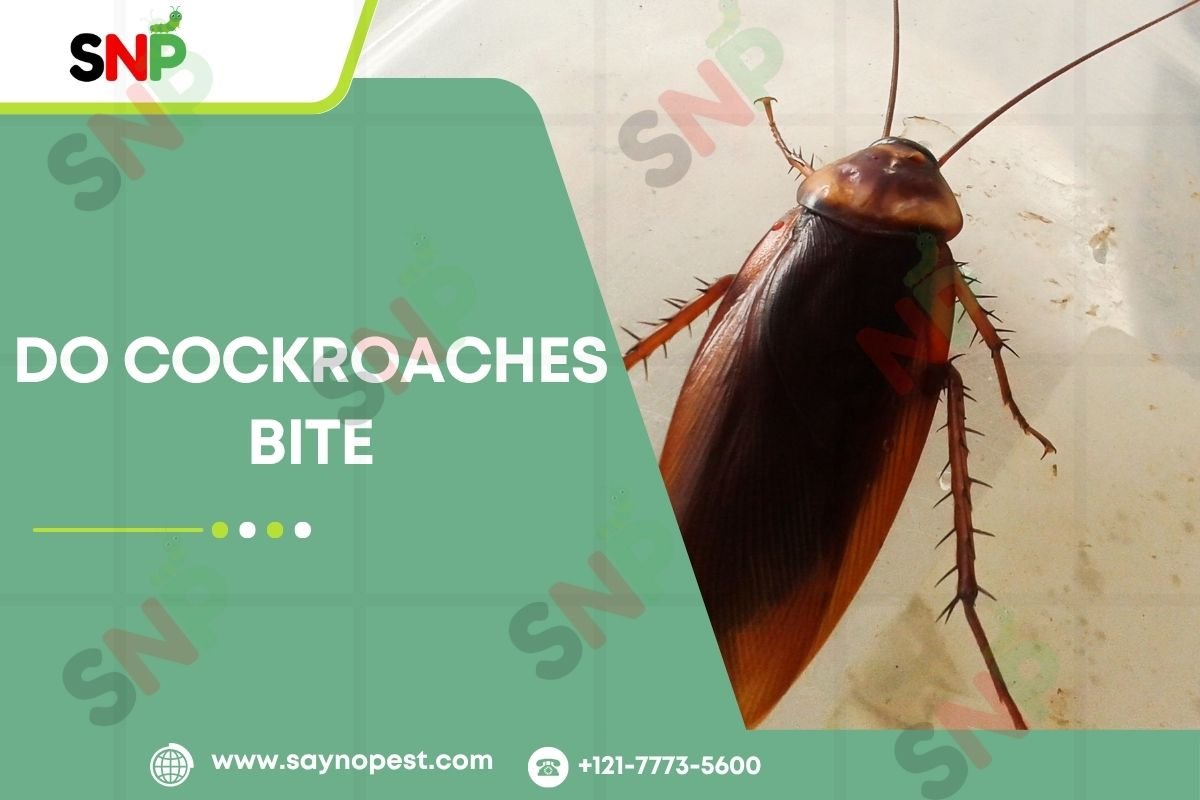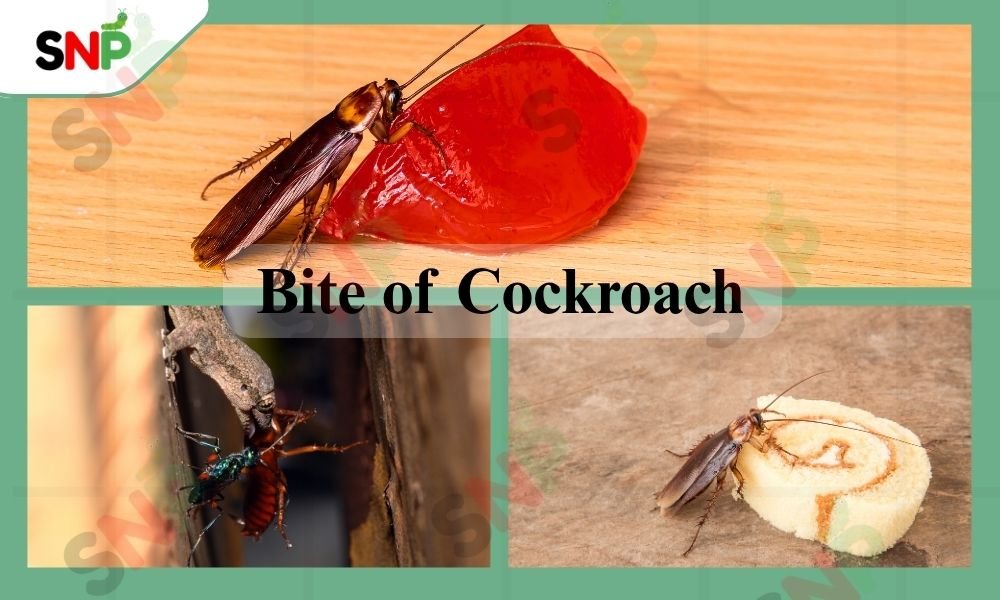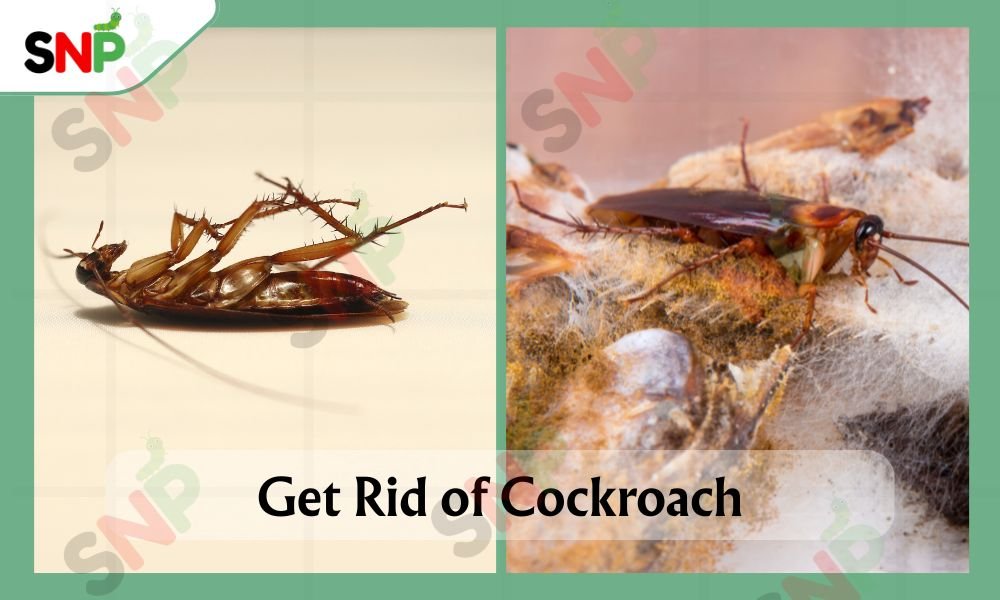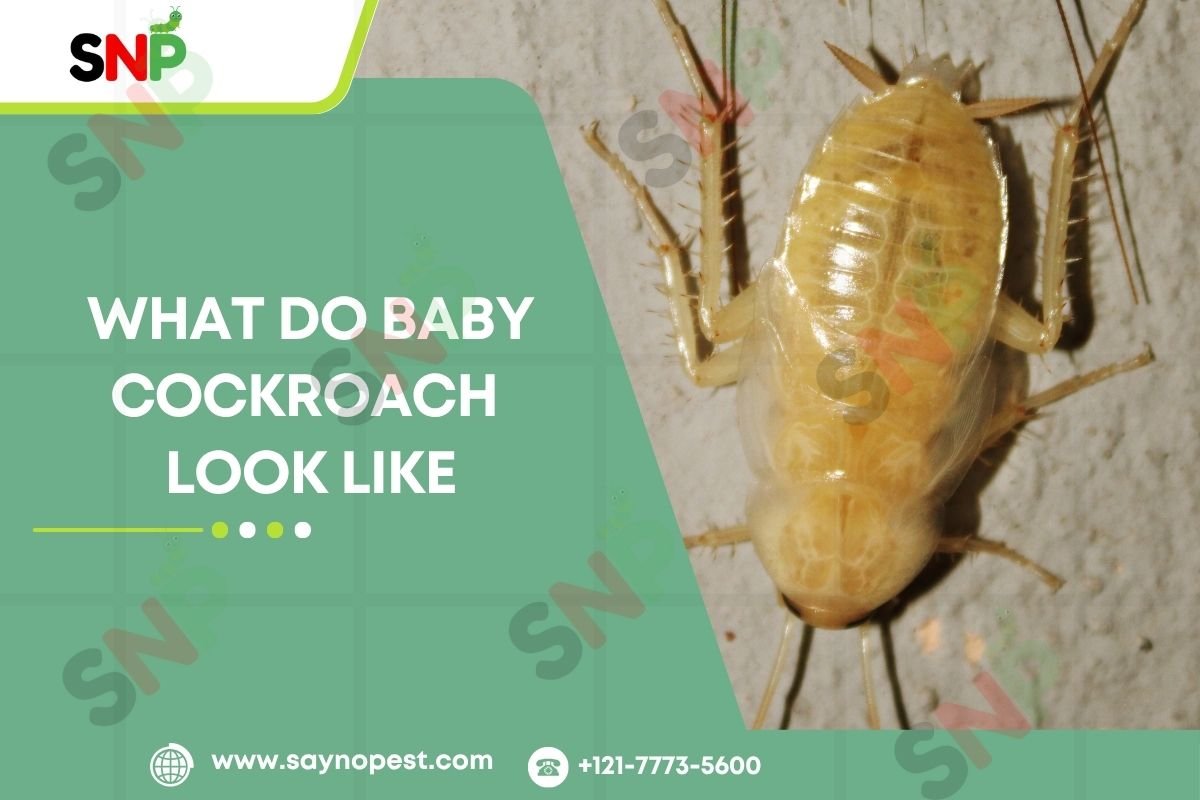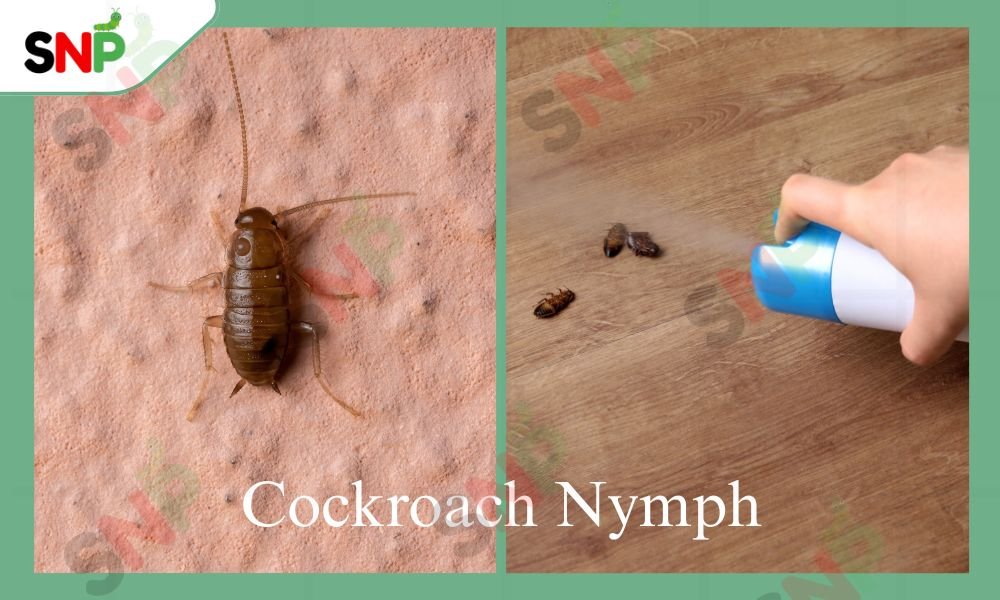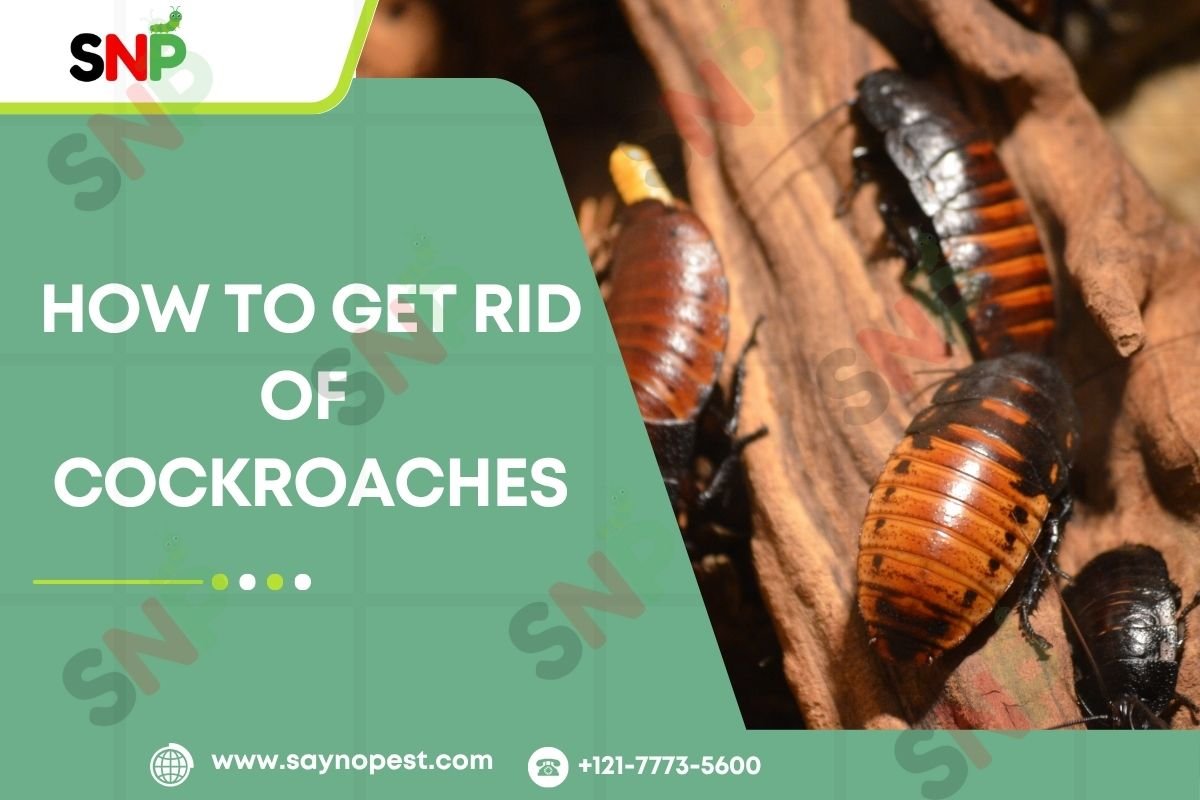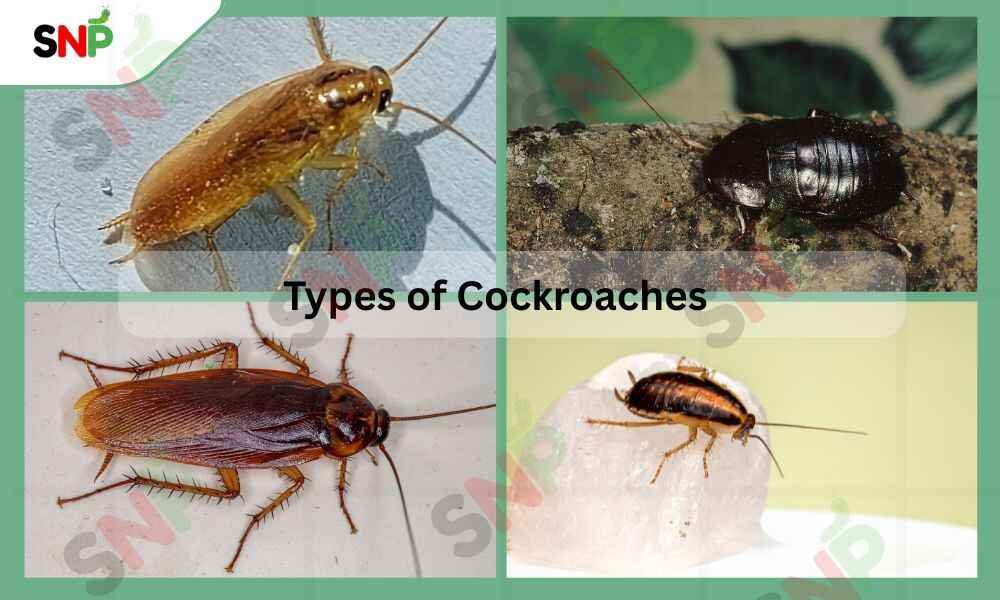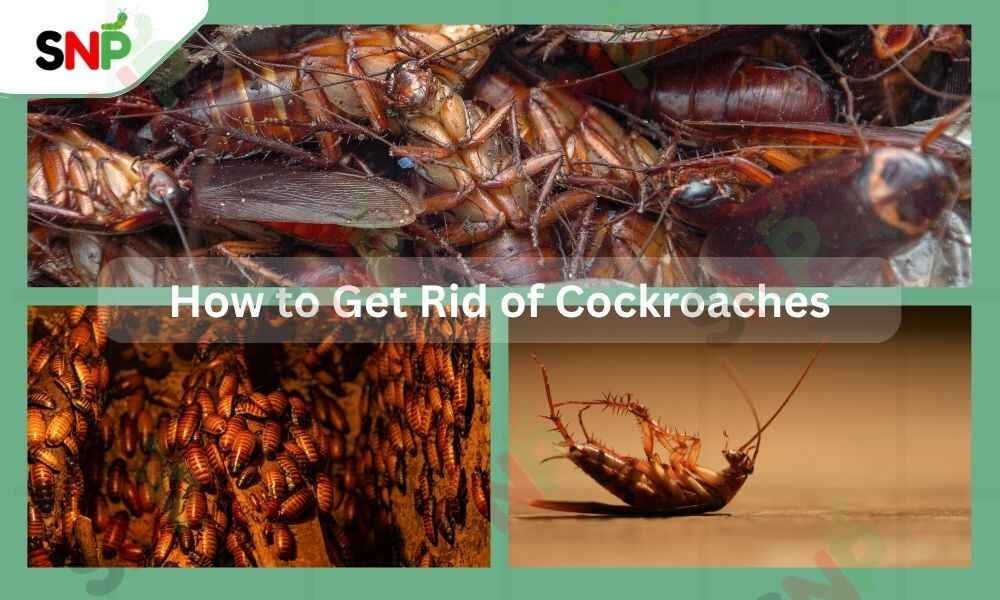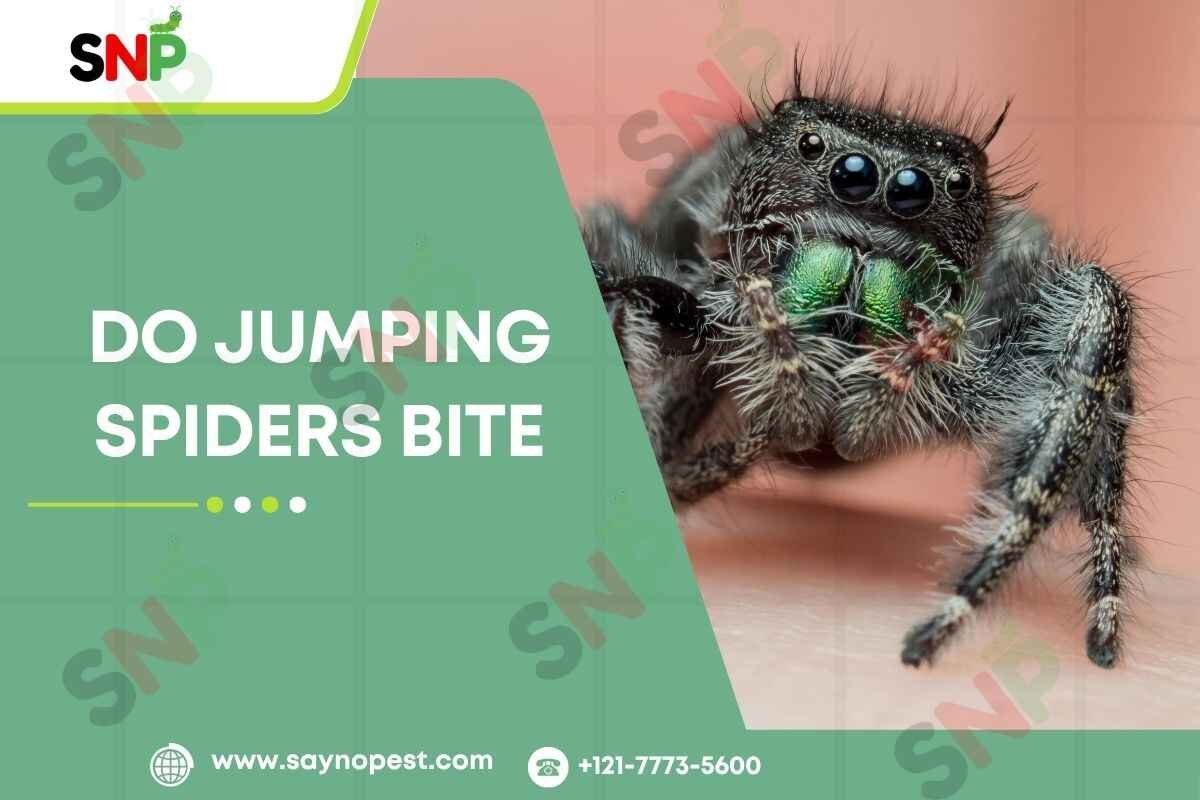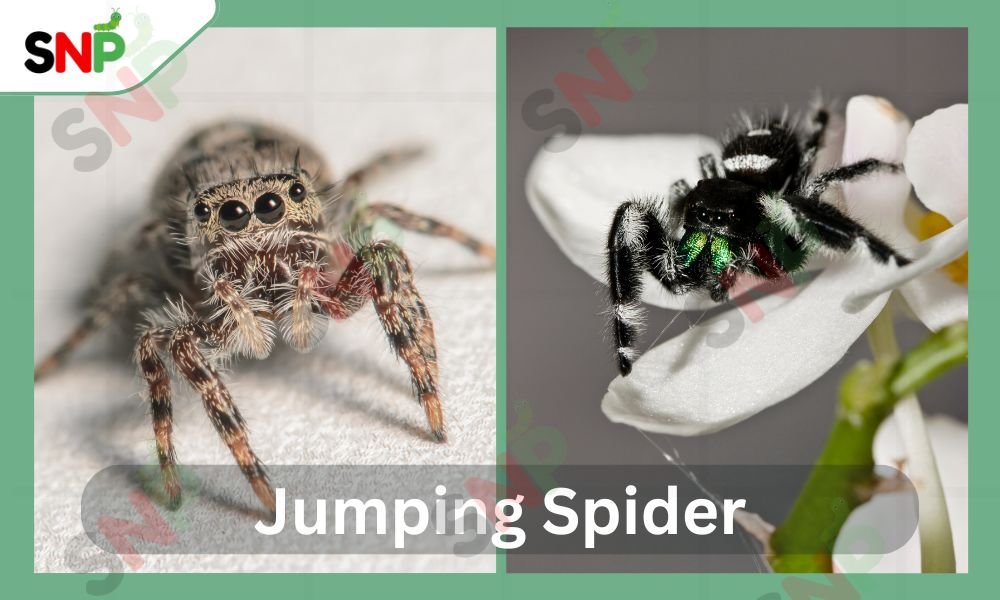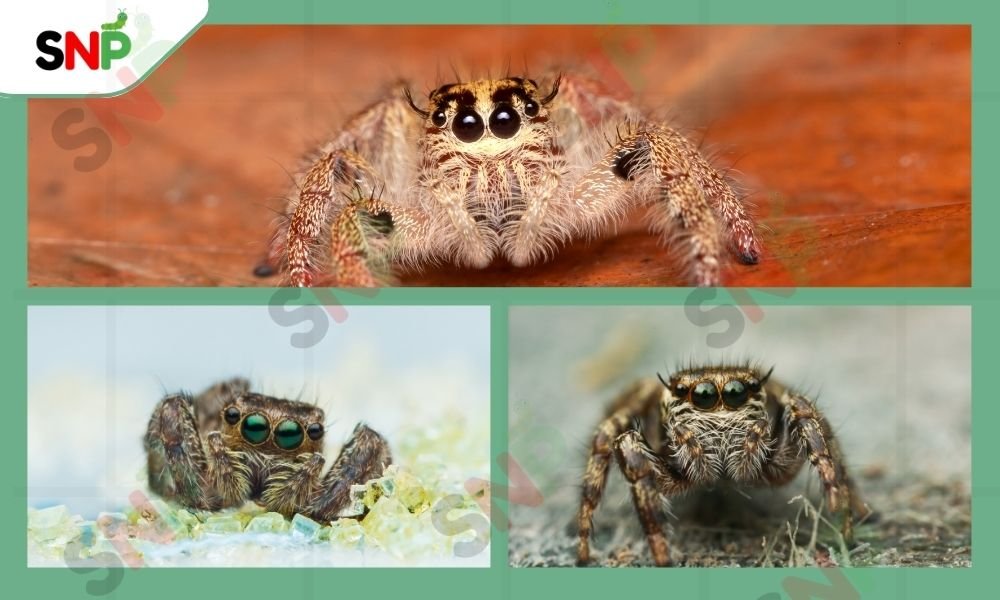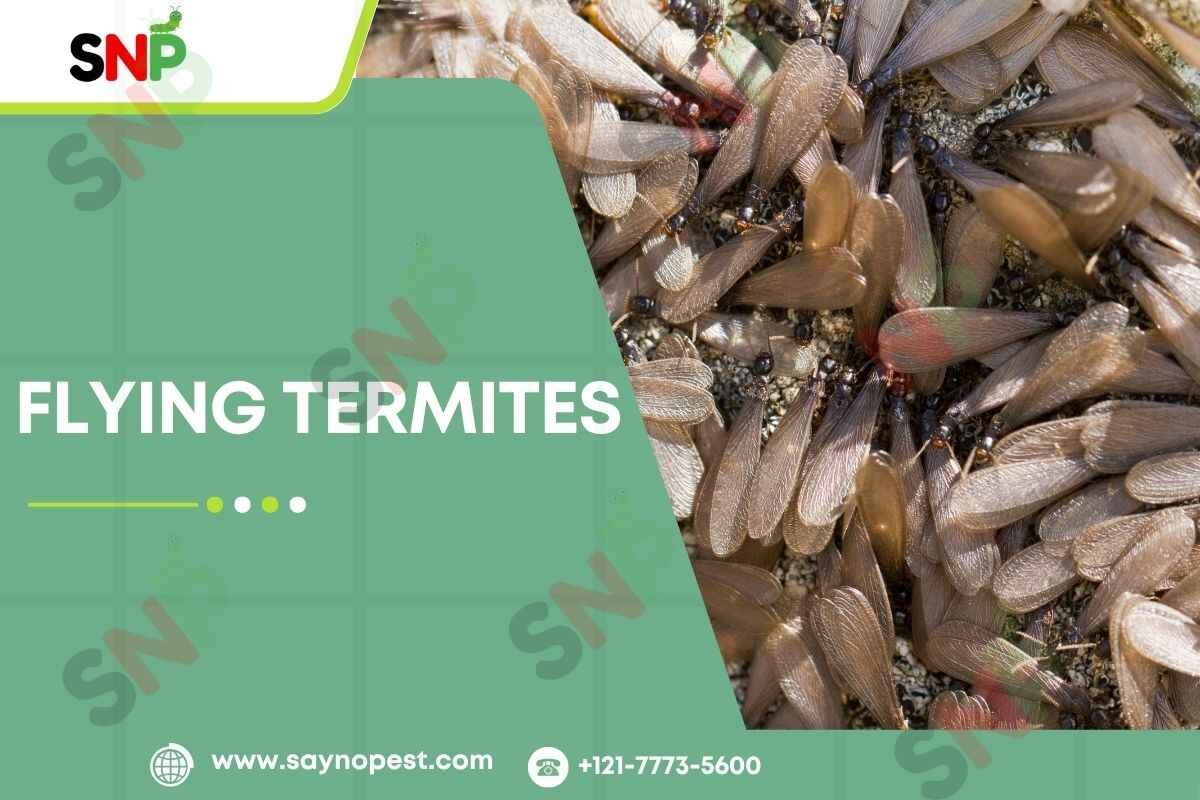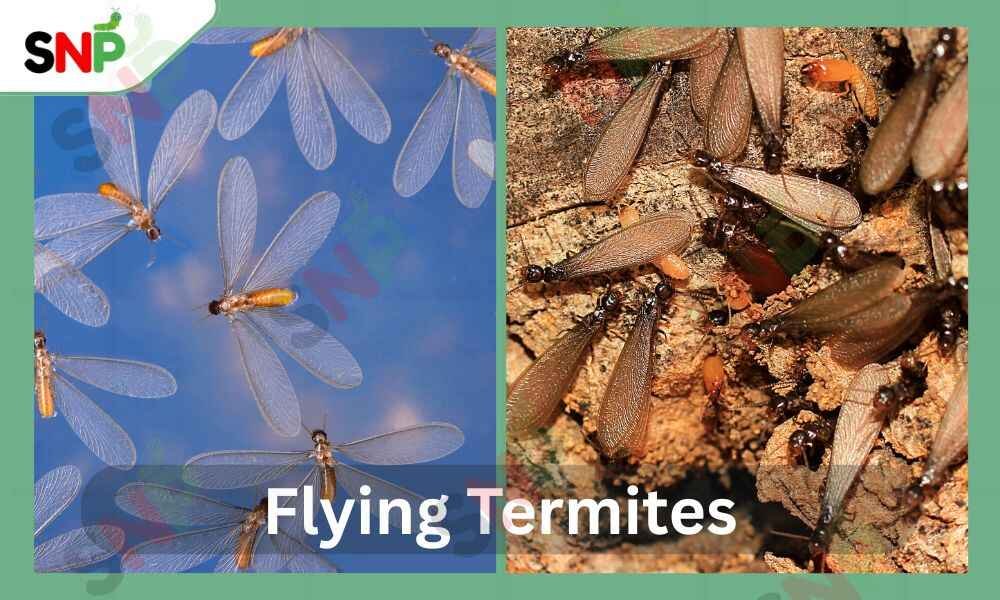Termites have massively inflicted damage on houses across the United States, through losses, piling up to billions of dollars annually. You might be searching the internet every year to find the diy termite treatment or best termite treatment and get an idea of the treatment cost. If termites become a problem, or you want to protect your home from them, this article will be of great help to you, as it will enlighten you on everything to do with natural termite treatment, the ways and means to be used in the removal of termites and how to find the termite treatment that is best for your home. What are natural termite control techniques that work? In this ultimate guide, we will cover the effective types of termite treatment price guide, and be there for you throughout every decision.
Understanding DIY Termite Treatment
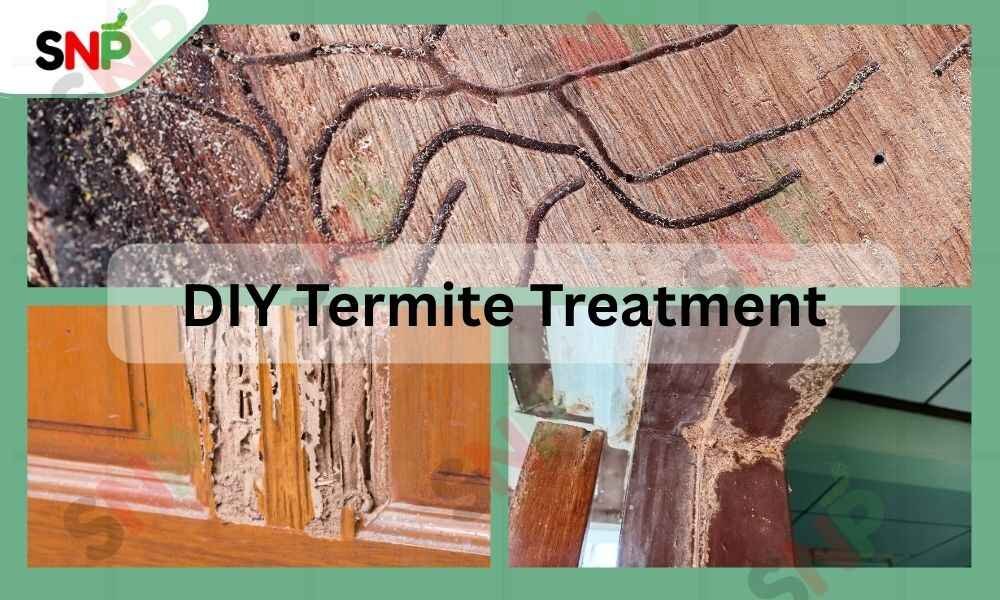
Many homeowners prefer to start with diy termite treatment before calling in the professionals. While these DIY treatments are very effective for a small level of infestation. Some diy termite treatment includes:
Aloe Vera Gel
Aloe Vera gel application on wooden surfaces would help establish a barrier to termites and thus keep termites away from the furniture and fixtures. This uncomplicated diy termite treatment is not only cost-effective but also safe and easy to apply.
Orange Oil
Orange oil is among the toxic compounds that are can remove termites very easily. Moreover, the local application of this liquid contributes to the sustainable development of small colonies. Whenever you are dealing with this oil, remember to protect yourself, using gloves and a mask for safety.
Cardboard Traps
Cardboard, when doused with water, attracts termites. Placing the lures in the vicinity of the suspect activity is a diy termite treatment that is direct and very low-cost and also involves the use-and-discard method.
Beneficial Nematodes
The diminutive nematodes, these are, which found in nurseries, are the natural predators of termites making them unmanageable once they have turned loose in the soil surrounding your residence.
Boric Acid
Indeed, the boric acid paste, which is placed at the infested sites, can be passed back to the colony by the termites, and if so, the whole group will be exterminated accordingly.
Although diy termite treatment options are budget-friendly and within reach, they may not be the right solution for situations where the problem is severe. Always be keen on the changes happening.
Types of Termite Treatment
Several types of termite treatment are available, and each of them has its advantages:
Liquid-Soil Treatments
A trench is dug around your house and a liquid termiticide is put into it to create a chemical barrier that kills termites as they cross it. And it also has a very good residual effect that can last more than five years. When talking about termite treatment, it is one of the most general methods that people can use both for prevention and active infestations.
Bait Stations
These are the stations locataround the house and filled with a slowly acting poison. As the name suggests, termites lured to the bait, where they eat it, and out of the pieces, they start their colony. The population decreased step by step. To make sure that the control is operating effectively, it is necessary to carry out periodical checks.
Wood Treatments
These are made by using surface sprays, injected foams, or direct application onto the infested wood for termites. They kill all termites and at the same time, protect the wood for a while. They are recommended for localized, contained infestations and also for a new building project.
Pre-Treated Materials
The proactive way to go forward is by using construction materials that are preservative-treat with termiticides as these deterrents ward off the pests even before they even think of entering. It is, thus far, one of the most aggressive methods that can be referr as the most proactive though still the most effective.
The choice of the best types of termite treatment depends on the termite species, and level of infestation.
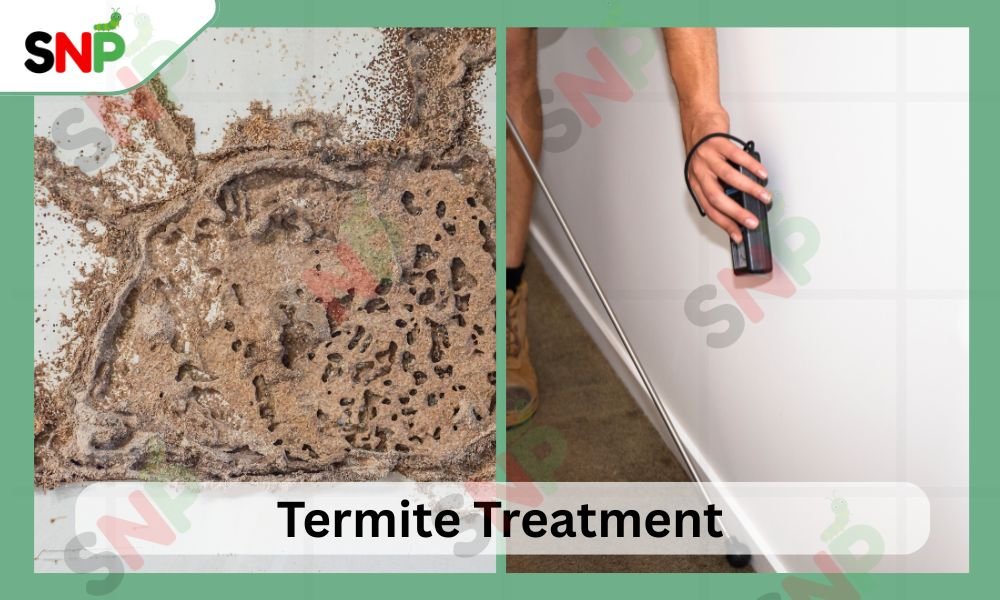
Termite Treatment Cost
In the US, the termite treatment cost can go very high depending on the strategy used, the dimensions of your home, and the severity of the infestation:
DIY Termite Treatment Cost:
Some of the natural remedies and over-the-counter products for DIY termite treatment cost between $20 to $200, which is going to be the most affordable option for minor issues
Professional Termite Treatment Cost:
- Chemical Termiticide: $3–$16 per linear foot..
- Bait Systems: $8–$12 per linear foot.
- Tenting/Fumigation: $5–$20 per linear foot.
- Annual Treatments: $200–$400.
- One-Time Treatments: $200–$1,000.
- Large Homes: For a 2,000 sq. ft. home, termite treatment cost can range from $6,000 to $40,000 if extensive repairs needed.
Doing DIY termite treatment early can save money on costs.
Conclusion
Learning about the different termite treatments combined with the selection of the best option and termite treatment pricing knowledge will protect your home, regardless of whether you choose to tackle it yourself or seek professional assistance. If you notice minor termite issues, begin with self-made solutions while seeking professional assistance for significant infestations. Your proactive approach and awareness lead to reduced termite damage expenses and make your home protected from termites over multiple years.
